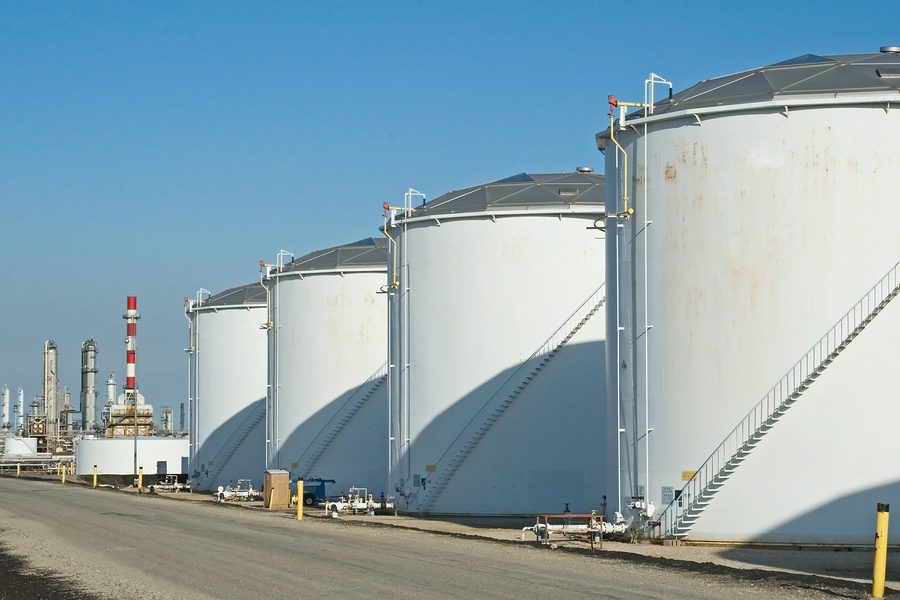Choosing Between API 620 and 650 for Your Storage Tank
The most common steel storage tanks for storing oil, vapors, and other organic and non-organic liquids are the API 620 and 650. The American Petroleum Industry (API) has established standards for design, fabrication, and construction of these storage tanks. Both models have their benefits, and choosing the right tank for your needs depends on a particular set of factors, including pressure, size, and temperature parameters.

API 620 Configuration
API 620 storage tanks will have an elevated or flat bottom. The tank is constructed from carbon steel, stainless steel, or nickel alloys (if storing at a lower temperature). The tank will have a single, vertical central axis of revolution with a minimum material thickness of 3/16”. All API 620 tanks will need to be inspected and receive a welding certification. API 620 tanks are usually larger than 300 feet in diameter. API 620 tanks must be field erected due to their size.
API 620 Benefits
For products that have a high internal pressure, such as liquified natural gas and cryogenic products, API 620 tanks are the industry standard. While they can store any liquid, the contents in an API 620 tank can store contents at a higher pressure and a lower temperature.
API 650 Configuration
API 650 tanks are typically smaller cylindrical storage tanks. There are minimum requirements for the design, material, construction, and testing for an API 650 storage tank. API 650 tanks will support the whole bottom of the tank evenly in non-refrigerated service that have a maximum design temperature of 200 degrees Fahrenheit, whether the top is open or closed. The minimum materials thickness is 3/16”, which is the same as the API 620. API 650 tanks are constructed from carbon steel, austenitic duplex stainless steel, or aluminum. There is a required inspection for all API 650 tanks, and the tanks can be either shop or field erected.
API 650 Benefits
An API 650 tank can be any size and can store contents at a much lower pressure, but at a higher temperature than the API 620 standard tank. API 650 tanks can store oil, gas, chemicals, water, or biofuel, and are the most common tanks in the oil industry.
Determining Which is Right for Your Project
Both tanks are used for storage, can be constructed from carbon steel, stainless steel, or nickel alloys, and inspection is required for both tanks. The major differences come from the configuration, size, pressure, and temperature parameters. Oil, gas, chemicals, water, and bio-fuel storage can use the API 650, while storage for cryogenic or LNG tanks requiring high pressure need the API 620. The API 650 tanks are usually found in refineries, pipelines, terminals, and process facilities. The API 620 can store contents at a slightly higher pressure and a much lower temperature than the API 650.
When determining the tank you need for your project, speaking with an expert about your specifications and planned usage for the tank will lead you to the right choice. A fabrication expert can look at the configurations and pressure requirements for your storage needs and determine how to fabricate the right tank for your project that will store materials safely and within the regulations.
Swanton Welding has been fabricating custom storage tanks for decades. We understand your industry, and take pride in building high-quality tanks for a variety of industry needs. Contact us for a quote on your next storage tank project.


